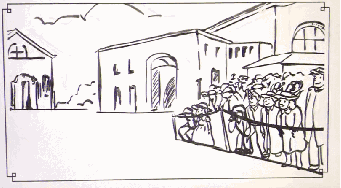The Way to Ideals for 166 years: 3D Printing Demonstrates Industrial Development
日期:06-27-2017来源:World Expo MuseumWorld Expo is a diversified event. The Expos held in the 19th century and the early 20th century were featured by all encompassing and focused on a common theme: the concept of “progress” based on industrialization, technological development and manufacturing. The expos greatly influenced people’s living, raised people’s awareness of the great development and discovery of the times, and gave impetus to a consumer-oriented society.
In the Permanent Exhibition Hall 2 of the World Expo Museum (WEM) titled “Moving with Progress”, the achievements of industrial civilization exhibited in World Expos hosted at the beginning of 19th Century and the beginning of 20th Century are exhibited with models made in form of 3D printing.
Can you tell the “predecessors” of the modern invention models shown in the pictures below?
Do you know when these inventions emerged?
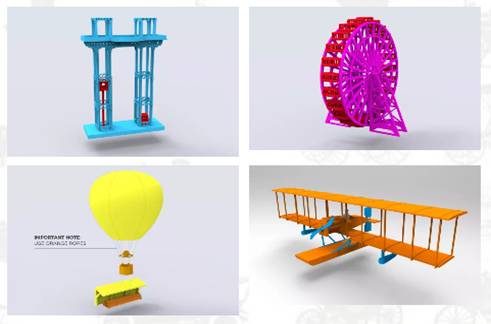
The answers are unveiled below!
The 3D models in the pictures respectively represent:
Hydraulic Elevator and Captive Balloon exhibited at Expo 1867 Paris, Ferris Wheel exhibited at Expo 1893 Chicago and Seaplane exhibited at Expo 1915 San Francisco, namely, they were the “predecessors” of modern elevators, hot air balloons, Ferris wheels and water planes respectively.
The great changes brought to the world by the Expos are still visible before the eyes. What the Expos brooded and exhibited are the breakthroughs in the fields of technology and art that are centered on hi-tech innovation.
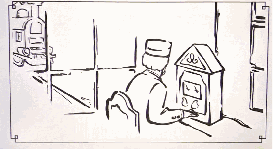
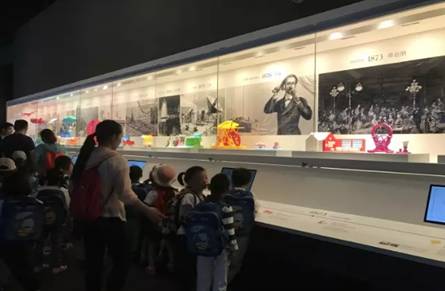
Visitors stop in front of the showcase of 3D-print models in Exhibition Hall 2
Expo history mingled and mutually promoted with the history of human industrial development
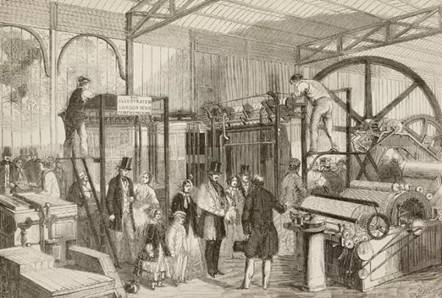
The Great Exhibition London 1851
As the first World Expo in the world, the Great Exhibition London 1851 was held in Hyde Park in London, the capital city of Britain. The Great Exhibition London 1851 is also known as "The Great Exhibition of the Works of Industry of all Nations”, namely, “Expo 1851” or “Crystal Palace Expo”. This Expo mainly exhibited world cultures and industrial technologies, and the Britain took this opportunity to show its brilliant achievements dominating the world after the Industrial Revolution.
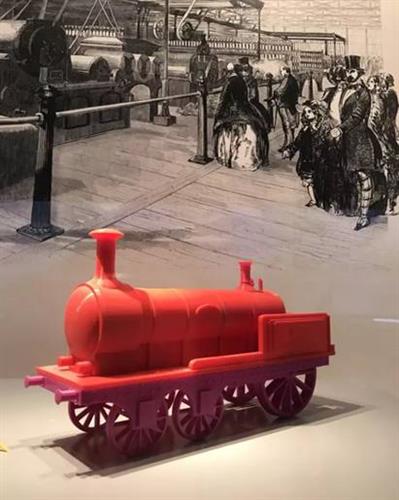
Crampton Locomotive
The progress of railways largely relied on the faster and more powerful steam locomotives. In the latter half of the 20th Century, Crampton Locomotives was already very common in Europe, with more than 300 different models of locomotives were manufactured at the factories in the Britain and Europe, and the speed of the locomotives reached 120 kilometers per hour.
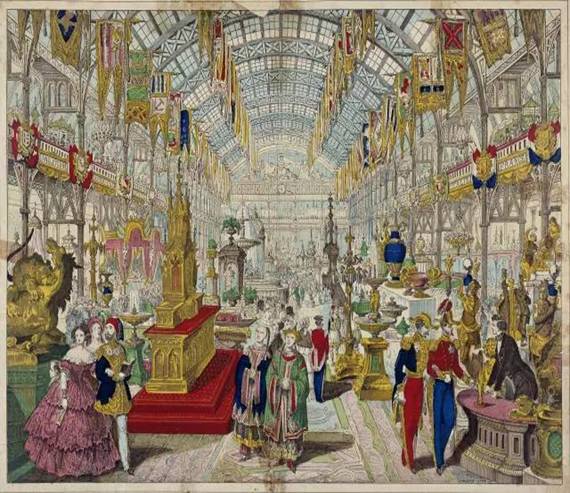
Expo 1855 Paris
Expo 1855 Pairs was held during the period of the Second Empire of France. Emperor Napoleon III admitted that it was the success of Expo1851 London that urged France to compete and surpass. It was just the first Expo held in Paris that injected the peculiarity of French culture into the development course of World Expo, and demonstrated the artistic achievements in industry and art of that time.
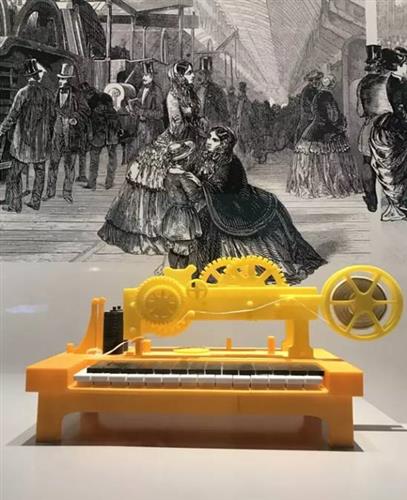
Printing telegraph
At that time the latest telegraph could only transmit 45 words per minute, and the operator well-trained with Morse code could transmit 25 words only. Hughes's printing telegraph had a roller with an alphabet that could immediately print information on paper that can be read directly.

Sewing machine
Sewing machinewas the most important and most widely used invention in garment industry. It was originally used in factories and workshops, and soon got into thousands of homes. With eye-pointed needles patented by Howe and treadles patented by Singer, the sewing machines were very easy to operate. And Clark's payment by installments made the sewing machines affordable to working class. Thus, sewing machines were widely used in the United States. After 1880, sewing machines were also extensively used in Europe.
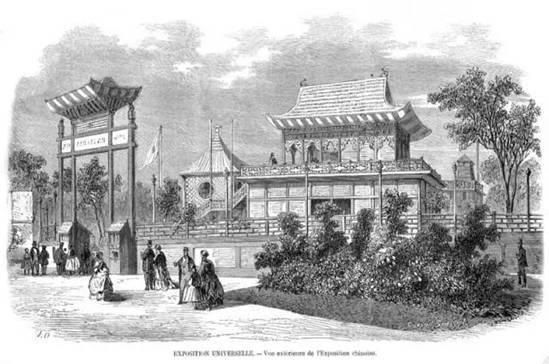
Expo 1867 Paris
This is the second Expo hosted in the capital city of France. The purpose of this Expo was not only to exhibit various products of different countries, but also display the different lifestyles of different countries, and enhance the interaction between different cultures through the establishment of national pavilions.
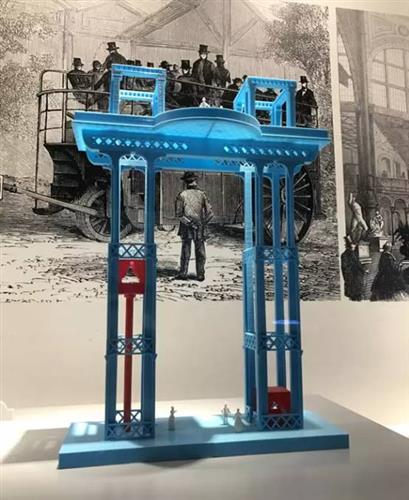
Hydraulic Elevator
Two Americans, Charles and Norton Otis, exhibited a hydraulic lifting system with safety brakes that boosted the confidence of the public in such equipment, and facilitated the construction of high-rise residential buildings in major cities in the United Stated and Europe.
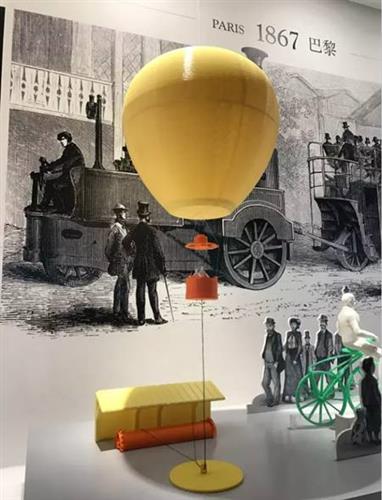
Captive Balloon
Henry Giffard flew a captive balloon filled with 5,000 cubic meters of gas overSuffren Avenuewith an aim to let the public have a bird-view of Paris for the first time. At the Expo 1878, 35,000 people looked down at the city in a large hydrogen balloon high up in the air of over 500 meters. The descent of the balloon was controlled with a 300 horsepower steam engine connected to the ground with a tether cable.
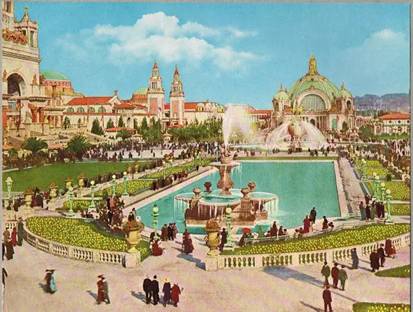
Expo1915 San Francisco
The Expo 1915 was held in memory of the opening of the Panama Canal. This Expo got a big success, enhanced the confidence and spirit of the regions around the Bay Area, and revealed the value of San Francisco.

Plane and seaplane
For the first time, a wide variety of aircraft was exhibited in front of the public. In 1906 in Paris, Brazilian Alberto Santos-Dumont flew the airplane in front of the public for the first time. In 1909, French engineer Louis Bleriot made the first English Channel crossing within 38 minutes. In 1910, French Henri Fabre succeeded in taking off a seaplane from the surface of the Etang de Berre. In 1915, the planes were able to fly for several hours at a speed of 100 kilometers per hour. The world was “getting smaller”.
166 years has passed since the first World Expo to today. World Expos have demonstrated the achievements of industrial civilization, piled up the records of people’s attempts to change their life, and created countless technologies of changing people’s life of today.
1851 → 1867 → 1889
Steam locomotive → Fastfeet bicycle→ Trolley
1900 → 1867 → 1915
Santos-Dumont airplane → Chanute’s glider →Airplane
Human had a desire for light, and electricity was invented, and the “wonder of modern civilization” further facilitated scientists to invent various machines powered by electricity. Human had a desire for fast speed, and steam locomotive, train and airplane were invented. Human had a desire for heights, and high towers and skyscrapers were built.
The development of World Expo and the progress of industrialization make everything of today look like what people looked forward in the past.
